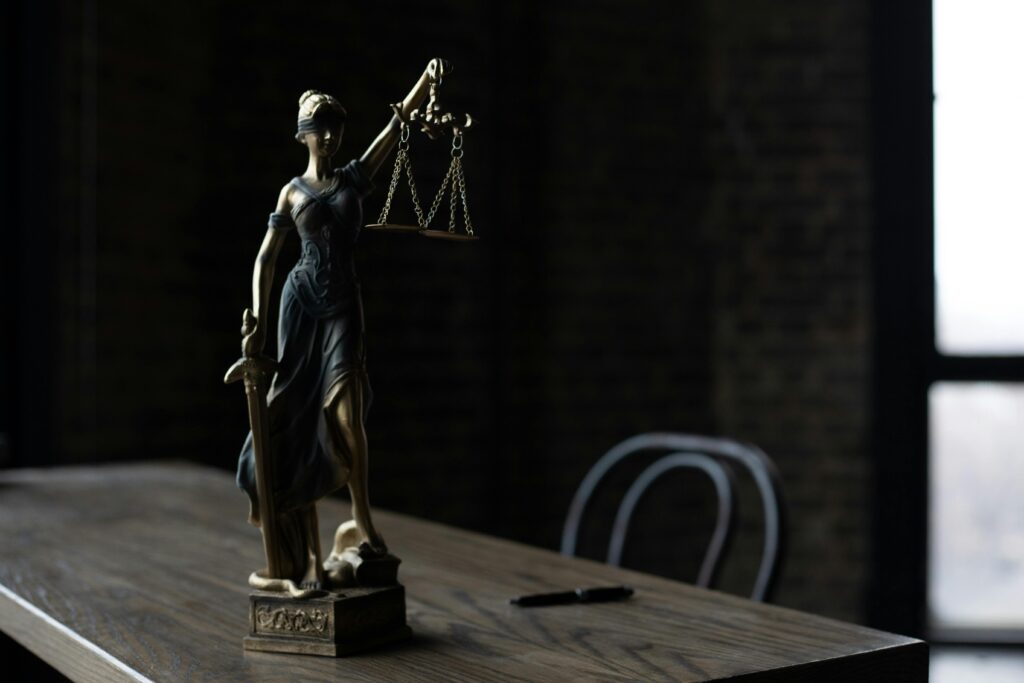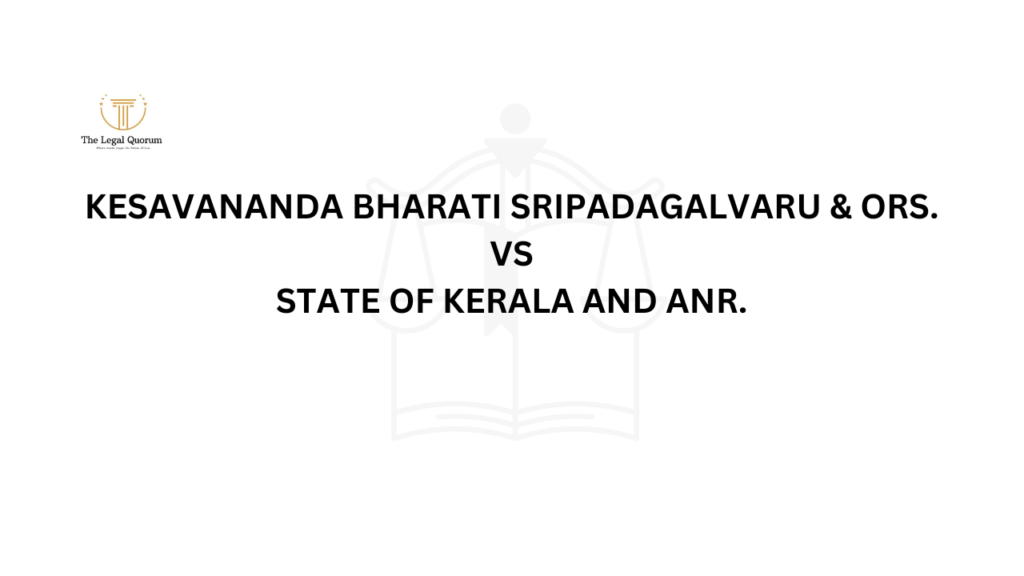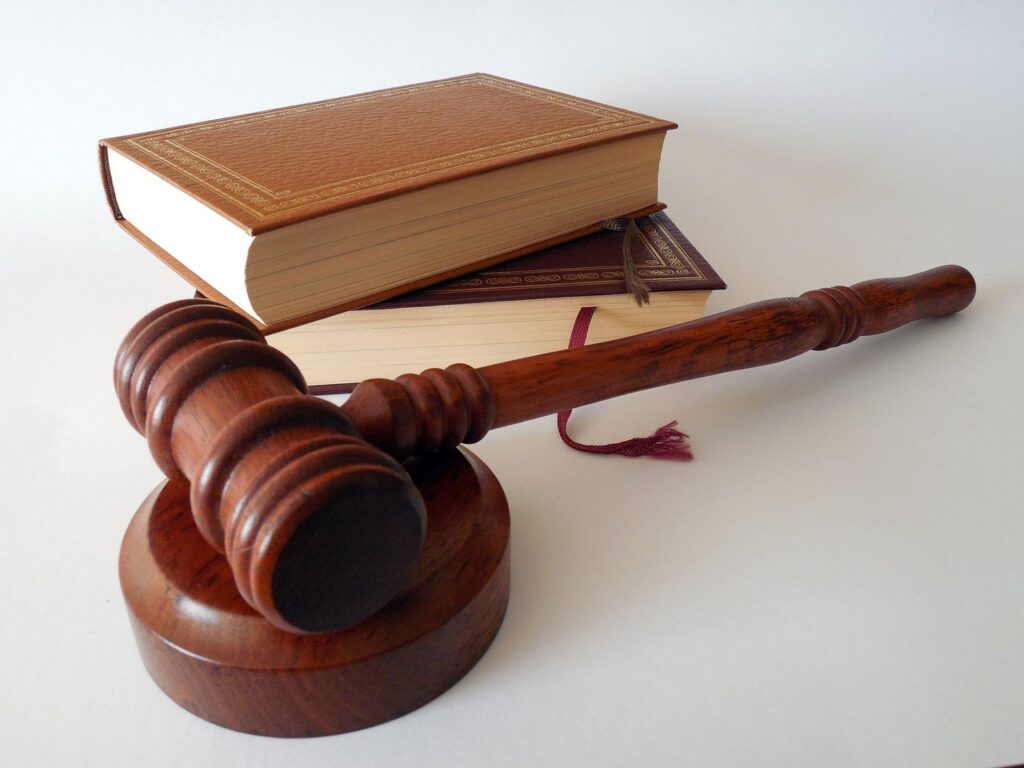Published On: 26th January, 2024
CASE NAME: Olga Tellis v. Bombay Municipal Corporation (1985)
COURT: Supreme Court
FACTS:
In 1981, the Bombay Municipal Corporation and the state of Maharashtra issued an order for all residents living in the city of Bombay’s pavement and slums to vacate. For a variety of socioeconomic reasons, these pavement dwellers were people and families who had erected temporary dwellings on the pavements and footpaths. These homes, which were usually constructed from tarpaulin sheets, wood, or corrugated iron, were considered unapproved structures by the BMC. These illegal homes were to be demolished as part of the scheduled eviction, leaving the pavement dwellers without a place to live or a place to stay.
Subsequently, the inhabitants and social worker and activist Olga Tellis filed a writ suit in the Indian Supreme Court, requesting an order of injunction. The citizens claimed that such a move would violate their right to life as staying in the city allowed them to make a living and required appropriate resettlement if the evictions occurred.
ISSUES:
- WHETHER the order for eviction violative of Article 21 of the Constitution?
- WHETHER the actions of the State and Municipal Corporation violative of Articles 19 and 21 of the Constitution?
- WHETHER Section 314 of the Bombay Municipal Corporation Act that detailed the removal of encroachments from pavements was arbitrary and unreasonable?
RULES:
Article 17 – “Untouchability” is abolished and its practice in any form is forbidden
Article 19 – Right to freedom of speech and expression
Article 21 – 1) Right to life, and 2) Right to personal liberty
Section 314 of BMC Act – Section 314(1) with which we are concerned in this case confers power on the Commissioner to remove any wall, fence, rail, post, step, booth, or other structure or fixture that is found erected or set up on any street, open channel, drain, well or tank contrary to the provisions of sub-section (1) of Section 312.
ANALYSIS:
Petitioners:
- The petitioners argued that the Bombay Municipal Corporation’s (BMC) planned eviction and demolition of their homes violated their fundamental right to life under Article 21 of the Indian Constitution,
- They argued that the right to life encompasses more than just the ability to survive physically and that it also involves the ability to live in dignity, safety, and with the basics of life. The petitioners said that their basic human dignity would be violated if they were forced to leave. They said that leading a purposeful and honorable life requires having access to housing and a secure place to reside.
- The petitioners have alleged that their right to maintenance has been They argued that eviction without alternative housing would not only make them homeless but also deprive them of their livelihood. They emphasized that many of them are involved in economic activities close to home such as street vending, small businesses, or daily wage work.
- The petitioners argued that the BMC had no alternate accommodation or rehabilitation Since there would be no other options, they said, this would violate their rights by making them homeless and more vulnerable.
Defendant:
- The BMC contended that the pavements of the petitioners were illegal and posed a significant threat to public health and safety. They argued that these structures blocked public places, created traffic congestion, and contributed to the dirty atmosphere of the city.
- The BMC alleged that the pavement dwellings violated municipal regulations and norms. They argued that permitting unpermitted buildings to remain on pavements and public paths would be detrimental to the city’s attempts to promote planned urban development and set a bad example.
- The BMC claimed that the eviction would eventually lead to an improvement in the city’s residents’ living According to the BMC, the expulsion will make the city’s inhabitants’ living conditions more orderly and sanitary.
CONCLUSION:
The court ruled in favor of the BMC.
Although the court declined to rule that the evicted residents had a right to an alternative location, it said that:
- No one has the right to trespass on roads, sidewalks, or other places for public use.
- The provision of Section 314 of the Bombay Municipal Act is not unreasonable in the circumstances of the present case.
- Areas must be given to residents censured in 1976.
- Slums that have existed for 20 years or more must not be removed unless the land is required for a public purpose, in which case alternative sites should be provided.
- Resettlement should be a priority.




